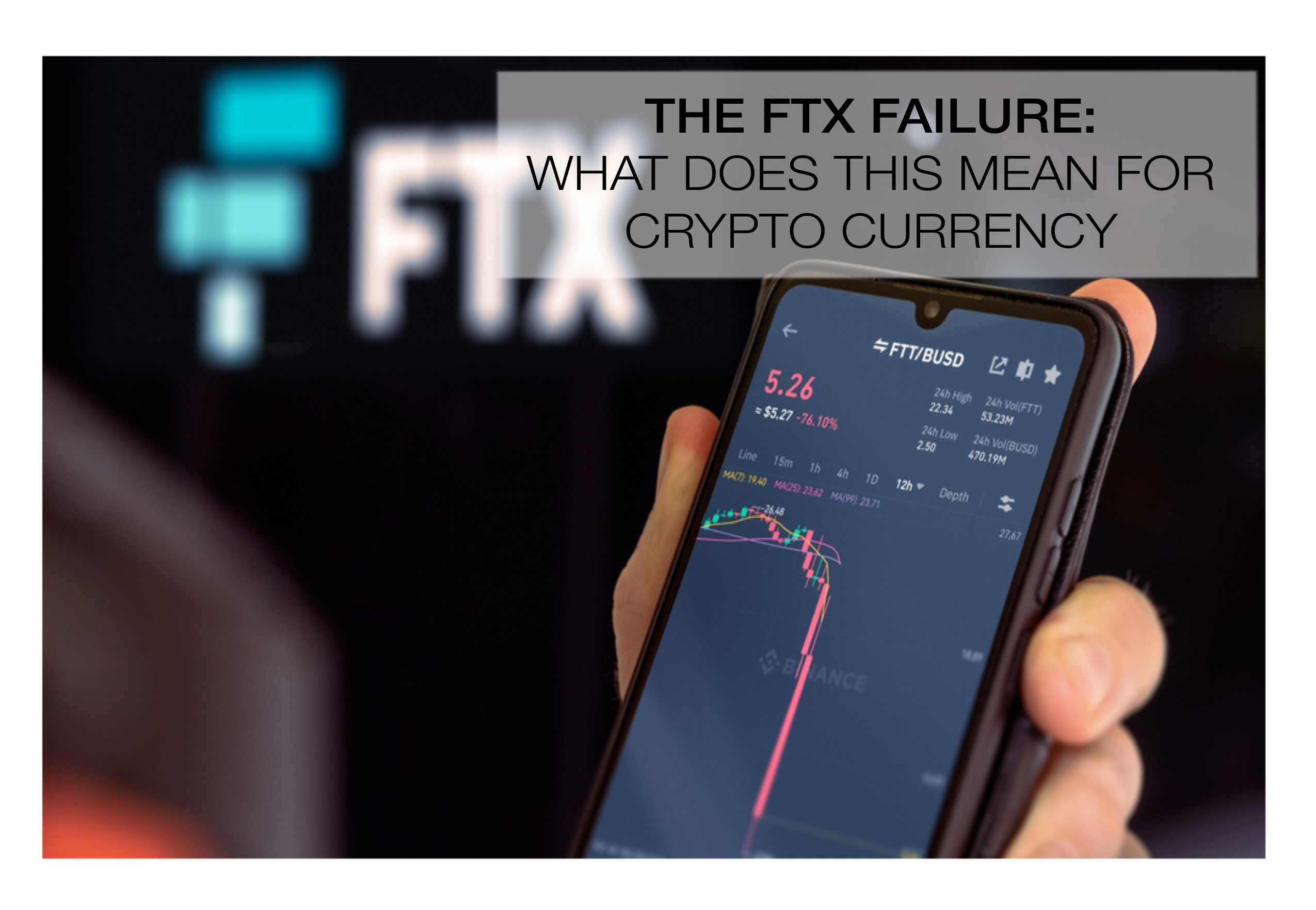We have all been talking about crypto currencies, blockchain and NFTs over the past 18 months. A new swath of wealth has been created in the space and we saw Bitcoin rise to an all-time high of $70,000. Today, it is sub-$20,000. The main drivers for this new asset class have been decentralisation, anonymity, accessibility and independence from authority. This was the dream of a small group of anarchists looking to break away from traditional currencies.
But what Bitcoin and other cryptocurrencies set out to be and what they have become is a very different product. As I have discussed in prior articles, the mechanism of crypto currencies and blockchain is endemic of bearer shares with an electronic paper trail. It was always fraught with high risk, as unlike regular currencies, there is no rule of law, no regulator and no assets behind the currency, just supply and demand – and unbridled enthusiasm and risk of ruin.
Over the past three years, crypto currencies came into the spotlight together with meme stocks and some other technology driven investments. They rose to dramatic heights and valuations and now with increased inflation and a worsening economy, they have all come crashing down.
But cryptocurrencies have been plagued by some additional issues: fraud, failures and traceability.
- We have seen several failures, where crypto wallets and exchanges have been hacked and these untraceable coins have been stolen. Additionally, there have been collapses in stablecoins, which were deemed less risky. Terra and Celsius were a clear example of how they can go wrong.
- The more recent failure of FTX is finally making people pay more attention. The push for decentralisation, a place to put your coins in a safe location, with the need for leverage, was the rise to fame for FTX. However, the lack of oversight and regulation allowed the founder, Sam Bankman-Fried, to syphon money away to another of his companies and finance his levered trades and lifestyle.
- Oversight here, none there. With the advent of the digital wallet, authorities are now better equipped to track transactions. We have seen this in a few ransomware attacks, where the FBI and other law enforcement authorities have been able to recoup monies. Additionally in the US, when you sign up for a wallet your transactions (and taxable gains/losses) are shared directly with the IRS.
Cryptocurrencies today are not what they had promised to their early investors. Yes, they remain a decentralised asset and for the most part, they are traceable. However, they are not a safe haven and the coins are held by a small majority.
With these increased frauds and losses, governments and regulators will be forced to step-up and protect the investor. This may be the death blow for the asset class that has seen places like the city of Miami and nation of El Salvador run towards. Crypto’s only salvation is if regulation is introduced.
We must make the distinction between other technologies, blockchain and NFTs. Blockchain is still a viable part of the tech infrastructure and will play a larger role in the future as a form of electronic paper trail. Don’t discount its value nor its importance.
NFTs, or non-fungible tokens, are the new form of structure to hold real assets or place value upon various tangible products, from art to digital products to tweets. NFTs take crypto currency from demand-supply valued assets to an asset-backed security. We still need to find a solution to ensure that the assets cannot be stolen or lost, but as this technology develops, this will be incorporated into future releases.
If Blockchain and crypto assets are something you wish to learn more about, or an asset class you are already invested in but need some guidance, we remain available to discuss as an independent advisor in the space.

Leave A Comment